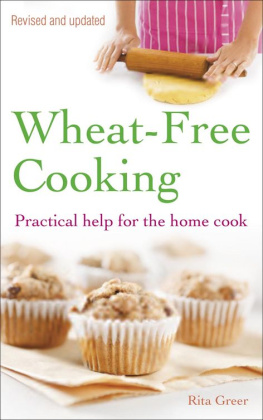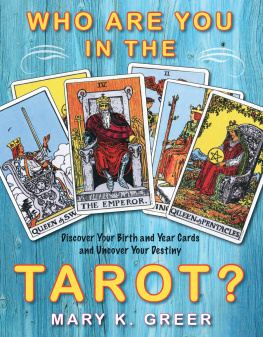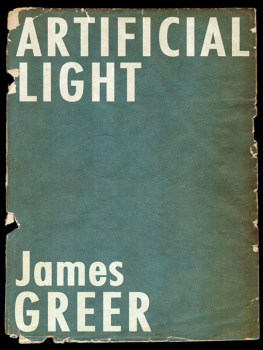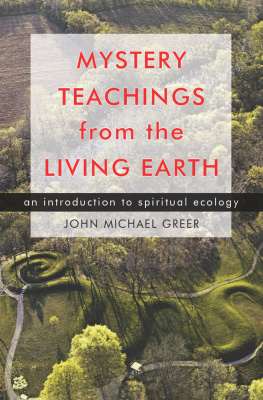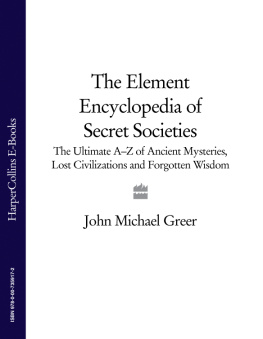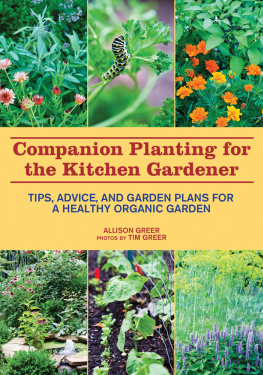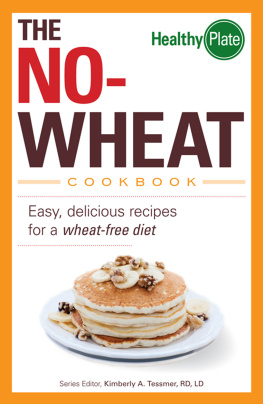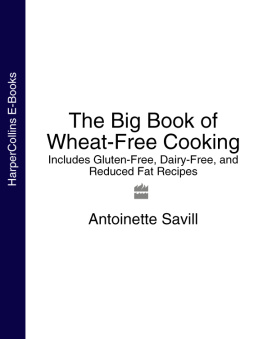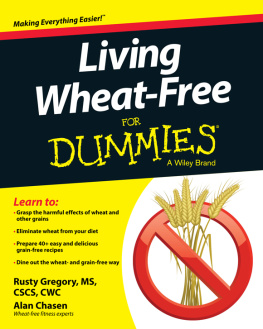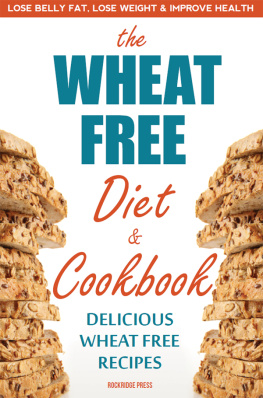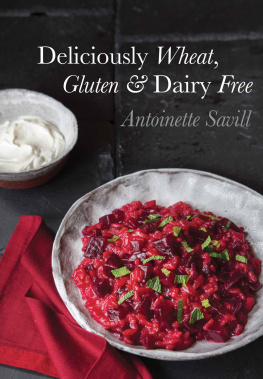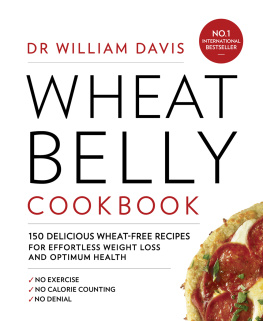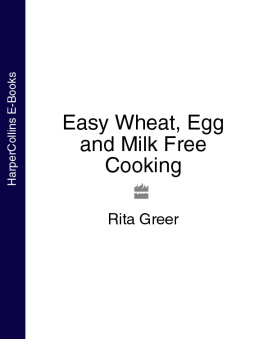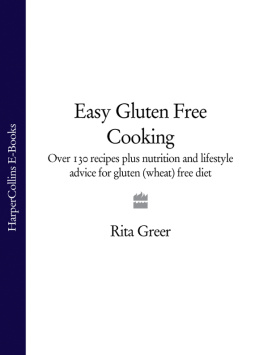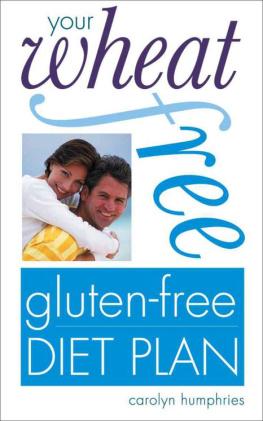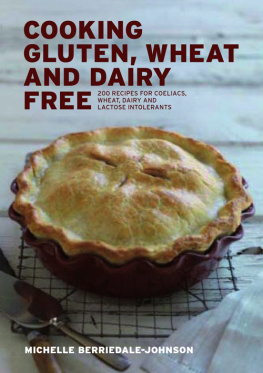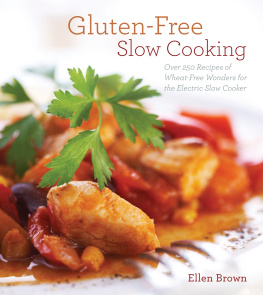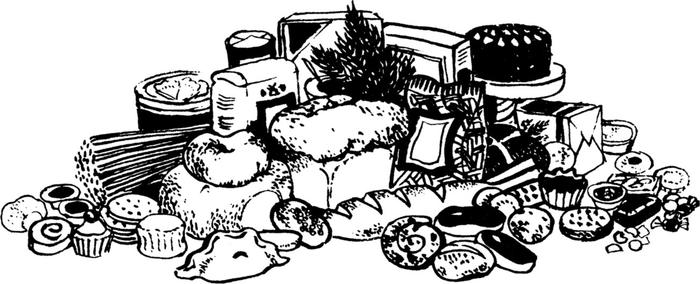Wheat is mans premier grain. It features in the daily diet of most people in the Western world in bread, breakfast cereals , pasta, biscuits, cakes, crispbreads and many other foods. What makes it so important, and why do some people need to live without it?
Combine wheat grains with soil, water and sunlight, and the result is a harvest of many more grains that are easy to store, will keep for a long time and can be made into all kinds of nourishing foods. The whole grain or parts of it can be processed to create a variety of flours, bran and wheat germ, because each grain (wheat berry) comprises an outer layer of fibre, a store of starch and, in the centre, the miraculous little germ designed to reproduce wheat germ.
From a nutritional point of view wheat is a valued food, containing carbohydrate, protein, a little fat, vitamins, minerals and fibre, but its true worth lies in the gluten it contains . No other grain will make a delicate sponge, a crisp biscuit or crispbread, pastry that melts in the mouth, a large loaf of bread, crusty rolls, light scones, soft crumble or rich fruit cake. All these are possible because of gluten a special rubbery kind of protein which enables an elastic kind of dough to be made that will rise and double in size keep its shape and hold up fruit, and enclose liquids or moist food. All this, combined with an excellent flavour, endless supply and low price little wonder that wheat is known as the king of crops.
WHEAT ALLERGY AND INTOLERANCE
Although, because it is so widely used, and in so many forms, it is tempting to think of wheat as wholly beneficial, for a small percentage of the population it represents a harmful element in their daily food. Wheat is now thought to be the major allergen (allergy-provoking substance) in the Western diet. Symptoms vary and may involve one or several of the following:
1 Eyes: watery, itching, swollen, red, blurred vision, tired, sore, heavy feeling in eyelids.
2 Nose: runny nose, sinusitis, sneezing, itching, excessive mucus, burning, blocked nose.
3 Ears: ringing in the ears, soreness, earache, loss of hearing, burning sensations, itching.
4 Head: feeling faint and dizzy, heavy feeling, headaches, migraine.
5 Throat and mouth: soreness, swollen tongue, mouth ulcers, sore gums, loss of taste, hoarseness, cough, choking fits, itching of the roof of the mouth, bad breath.
6 Heart and lungs: pains in the chest, rapid heart beat, palpitations, asthma, congestion in the chest, tight feeling across chest, shallow breathing, excessive sighing, breathlessness, catarrh.
7 Gastro-intestinal: feeling of nausea, vomiting, diarrhoea , constipation, stomach cramps, swollen stomach, bloated feeling after eating, feeling full-up long after meals, indigestion, flatulence, poor appetite, cravings for foods, dyspepsia.
8 Skin: rashes, hives, easily marked skin, eczema, excessively pale colour, inexplicable bruises, dermatitis , itching, soreness, excessive sweating, redness, sores, acne.
9 Other physical symptoms: weakness, fatigue, cramp, convulsions (extremely rare), cold hands and feet, shivering fits, nervousness, flushing, trembling, aches and pains in the joints, swelling of limbs, face, hands, feet and ankles, swollen joints, aches and pains in the muscles, constant feeling of hunger, gorging with food, oedema, hayfever, obesity.
10 Psychological and behaviour symptoms: anxiety, attacks of panic, depression, hyperactivity, apathy, restlessness, irritability, daydreaming, speech difficulties , confusion, poor concentration, general feeling of misery, mood swings, aggressive behaviour, unreasonable giggling or weeping, couldnt-care-less attitude, excessive sleeping, insomnia.
From this long list you can see that confusion might easily arise regarding diagnosis, and this is probably why the medical profession is so shy of diagnosing food allergy there are several possible explanations for each symptom. Take, for instance, headaches. These could be caused by eye-strain, tension , not enough sleep, migraine, a head injury, constipation or a much more serious complaint.
With such a battery of symptoms it is not surprising to find a wheat-free diet being used to try and control several illnesses or symptoms M.E. (myalgic encephalomyelitis or post viral syndrome), IBS (irritable bowel syndrome), Crohns disease, MS (multiple sclerosis), Gulf War syndrome, autism, dyslexia, migraine, arthritis, inexplicable skin rashes, aches and pains; headaches, fatigue, depression, or any or several of the symptoms listed above. Some seem to be complaints for which there is no known cure. However, this does not mean that wheat should be blamed for all illnesses. Any persistent symptoms are best investigated by a qualified medical practitioner. If a cure is not possible, then any alleviation of symptoms is worth having to lessen the misery and discomfort of persistent ill health, and this is why people try a wheat-free diet. It is often the first to be suggested by practitioners of alternative and complementary medicine, who are more inclined to treat the patient as a whole rather than just addressing the allergy symptoms. Wheat plays such a major role in our daily diet that where allergies are suspected the culprit is more likely to be wheat than any other grain or food.
As wheat can turn up in the most unlikely foods, excluding it means removing not only the foods that obviously contain it bread, cakes, pasta and biscuits but also many others that contain small amounts, such as gravies, sauces and soups. This has the effect of nutritionally unbalancing the normal diet to the extent that it becomes unworkable. To give you some idea of how much wheat is in our diet, look at the second and third columns of.
USES OF WHEAT FLOUR
Flour made from wheat has many uses for thickening, binding , dusting and making liquids creamy. You will find it used for thickening gravies, soups, sauces, casseroles and stews; for dusting biscuits, crispbreads, breads and baking tins; for rolling out pastry and coating food before frying; as a base for baking powder; added to blancmange, custard and desserts; to stretch pepper, curry powder, spices and so on.
Wheat flour bread is used for stuffings, breadcrumb coatings , bulking out burgers, pastes, pates, sausages and pie or pasty fillings, summer pudding, charlotte, bread and butter pudding, toast, fried bread, croutons, toppings; for thickening soups; to make rusk, itself a thickener and dry powder base when ground.
Wheat flour biscuits are used for cake and pie bases, flans, toppings and confectionery.
Wheat starch may be used to make MSG (Monosodium Glutamate, a flavour enhancer), and communion wafers.
Brands
Some brands of food may contain wheat while a similar product of another brand does not for example, tomato sauce. For this reason it is easier to prepare food at home rather than trudge around the shops looking for a wheat-free commercial version.
THE BATTLE AGAINST WHEAT
Wheat in Processed Foods
During the processing of wheat-free foods, wheat may be added. Although they start life on the wheat-free list, it does not take much for them to be transferred to the unsafe list, to be avoided.
Any food which has been processed canned, frozen, cooked, baked, fried, mixed, liquidised, dusted, coated, minced, bottled, ground or shredded has had the opportunity to have wheat added. Plain, simple foods are always the safest.

